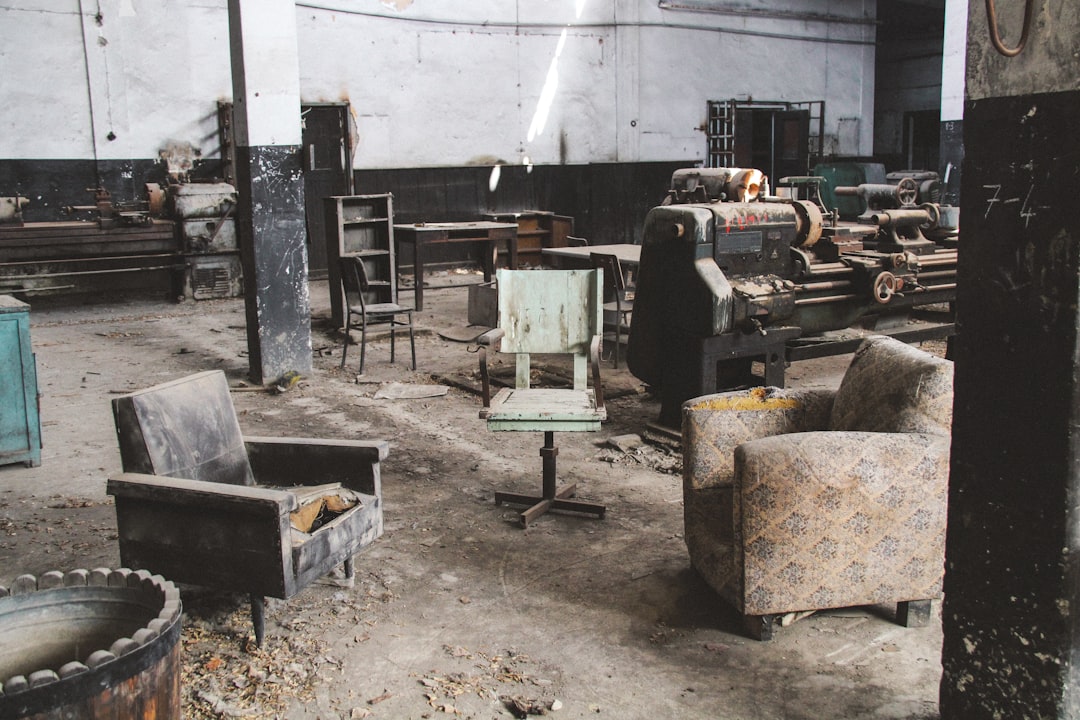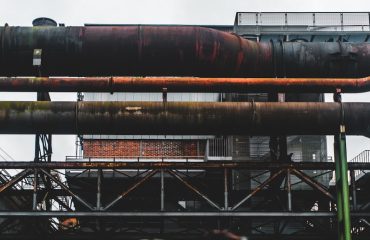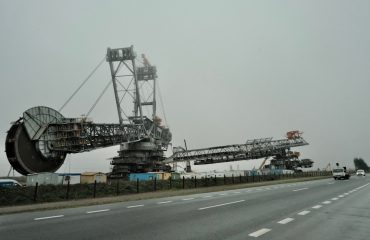The machinery manufacturing industry relies heavily on a consistent and reliable supply of high-quality steel. From the smallest components to the largest frames, steel forms the backbone of countless machines. Securing this supply, however, is a complex process involving sourcing, quality control, cost management, and navigating fluctuating market conditions. This blog post delves into the crucial aspects of steel supply for machinery manufacturers, providing insights to optimize efficiency and profitability.
Sourcing Steel: Navigating the Global Marketplace
Sourcing steel involves more than just finding a supplier. Manufacturers must consider several factors, including:
- Geographic Location: Proximity to manufacturing facilities can significantly reduce transportation costs and lead times. However, accessing specialized steel grades might necessitate sourcing from further afield.
- Steel Grades and Specifications: Different machinery applications require specific steel grades with varying properties like tensile strength, hardness, and corrosion resistance. Manufacturers need to carefully specify their requirements to ensure the right steel is sourced.
- Supplier Reliability and Capacity: Choosing a reliable supplier with sufficient capacity to meet fluctuating demand is crucial. This involves assessing their track record, financial stability, and production capabilities.
- Certifications and Standards: Compliance with industry standards and certifications (e.g., ISO 9001) is vital to ensure consistent quality and traceability throughout the supply chain.
- Pricing and Contract Negotiation: Negotiating favorable pricing and contract terms is essential for cost optimization. Long-term contracts can offer price stability, but flexibility is needed to accommodate market fluctuations.
Quality Control: Ensuring Steel Integrity
Maintaining stringent quality control measures is paramount. Defective steel can lead to costly rework, production delays, and even catastrophic equipment failures. Key aspects of steel quality control include:
- Incoming Inspection: Thorough inspection of incoming steel shipments involves verifying chemical composition, mechanical properties, and dimensional accuracy against specifications.
- Material Traceability: Maintaining a detailed record of the steel’s origin, processing, and handling is crucial for traceability and identifying potential issues.
- Non-Destructive Testing (NDT): Techniques like ultrasonic testing, radiographic testing, and magnetic particle inspection are used to detect internal flaws without damaging the material.
- Statistical Process Control (SPC): SPC helps monitor and control the manufacturing process to minimize variations and ensure consistent quality.
- Supplier Audits: Regular audits of steel suppliers’ facilities and processes help ensure adherence to quality standards and best practices.
Cost Optimization: Managing Steel Expenses
Steel is a significant cost component in machinery manufacturing. Effective cost management strategies are vital for maintaining profitability. These include:
- Strategic Sourcing: Leveraging competitive bidding, long-term contracts, and exploring alternative steel suppliers can help reduce costs.
- Inventory Management: Optimizing inventory levels to avoid excessive stockholding costs while ensuring sufficient supply to meet production demands is crucial.
- Lean Manufacturing Principles: Implementing lean manufacturing principles can minimize waste and improve efficiency throughout the production process, reducing steel consumption and costs.
- Steel Scrap Management: Efficiently managing and recycling steel scrap can significantly reduce material costs.
- Design Optimization: Designing machinery components to minimize steel usage without compromising performance can lead to substantial cost savings.
Technological Advancements: Shaping the Future of Steel Supply
The steel industry is constantly evolving, with technological advancements impacting both steel production and supply chain management. These include:
- Advanced Steel Grades: The development of high-strength, lightweight steels allows for improved machine performance and reduced material costs.
- Additive Manufacturing: 3D printing technologies offer the potential to create complex steel components with minimal material waste.
- Digitalization and Automation: Digital supply chain platforms and automation technologies are improving efficiency, transparency, and traceability throughout the steel supply chain.
- Sustainable Steel Production: Growing emphasis on sustainable practices is driving the adoption of greener steel production methods with reduced environmental impact.
- Predictive Analytics: Utilizing data analytics to forecast steel demand and optimize inventory management can minimize disruptions and improve efficiency.
Building Resilient Supply Chains: Preparing for Future Challenges
The global steel market is subject to various disruptions, including geopolitical instability, economic fluctuations, and natural disasters. Building a resilient supply chain requires proactive measures such as:
- Diversification of Suppliers: Reducing reliance on a single supplier mitigates risks associated with supply disruptions.
- Inventory Buffering: Maintaining sufficient safety stock to withstand unexpected disruptions is crucial.
- Risk Assessment and Mitigation: Regularly assessing potential risks and developing contingency plans is essential for maintaining business continuity.
- Collaboration and Communication: Strong relationships with suppliers and other stakeholders facilitate effective communication and coordination during disruptions.
- Supply Chain Visibility: Real-time tracking and monitoring of steel shipments and inventory levels enhances responsiveness to potential issues.
Successfully navigating the complexities of steel supply is crucial for the success of machinery manufacturers. By implementing the strategies outlined above, manufacturers can ensure a consistent supply of high-quality steel, optimize costs, and build a resilient supply chain capable of weathering future challenges.
Tags: Steel supply chain, machinery manufacturing, steel sourcing, steel quality control, cost optimization, steel industry, supply chain management




